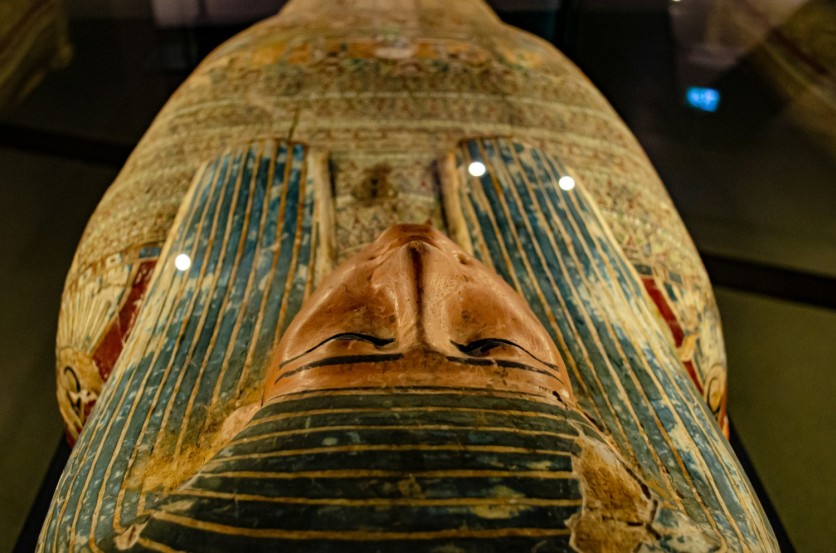Archaeologists working at the Tomb of Cerberus in Giugliano, Naples, have made a groundbreaking discovery: a remarkably well-preserved mummy dating back nearly two millennia. The body, positioned face-up and shrouded in a mysterious cloth, offers an extraordinary opportunity to delve into the lives of ancient Romans.
Exceptional State of Preservation

Led by Simona Formola, the excavation team was astounded by the mummy's exceptional condition. Surrounded by an array of burial goods, including ointment jars and personal items, the individual appears to have enjoyed a privileged status.
Researchers speculate that the mummy may be linked to the tomb's original owner, Interesting Engineering reports.
Unlocking the Secrets of the Shroud
The shroud encasing the mummy is a focal point of the investigation. Preliminary analysis suggests mineralization due to the unique microclimate within the burial chamber. By examining the fabric's composition, researchers hope to uncover valuable insights into textile production and cultural practices of the time.
A Window into Ancient Life
The Tomb of Cerberus, situated in the Phlegraean Fields, is proving to be a rich source of historical information. Marian Nuzzo, a superintendent with the Italian Ministry of Culture, emphasizes the site's potential to illuminate life in this region during antiquity.
Beyond the mummy, the tomb holds promise for multidisciplinary research. Analysis of DNA, pollen, and other organic residues will shed light on diet, health, and the environment of the time. Additionally, studying the funerary rituals associated with the burial can provide crucial insights into Roman beliefs and customs.
"The Tomb of Cerberus continues to provide valuable information on the Phlegraean territory near Liternum, expanding knowledge of the past, and offering opportunities for research of a multidisciplinary nature," Nuzzo explained in the translated statement via IFL Science.
Nuzzo said that the team has been conducting laboratory analyses of samples from the burial grounds in recent months. She added that they gathered significant data about the funerary ritual done to the deceased body and the preservation treatment.
Italy: A Treasure Trove of Mummies
Italy boasts a rich history of mummy preservation, dating back to the ancient Egyptians, Etruscans, and Romans. The Capuchin Catacombs in Palermo are a prime example of this enduring tradition.
Modern scientific techniques have revolutionized the study of mummies, enabling researchers to explore everything from historical diseases to dietary habits. This knowledge not only enriches our understanding of the past but also contributes to advancements in fields such as medicine and genetics.
Preserving Heritage for Future Generations
The discovery of this exceptionally well-preserved mummy is a testament to the enduring beauty of the past. With so many undiscovered caves across the country, there are also many mummies left unearthed.
For the years to come, archaeologists will continue their exploration as they solve the hidden secrets within the Tomb of Cerberus. The Ministry will push through analyzing what lies deeper in the sarcophagus.
Read Also : [LOOK] Scientists Impressed by Brain Structure of 2,300-Year-Old Egyptian Mummy Boy-But Why?

ⓒ 2025 TECHTIMES.com All rights reserved. Do not reproduce without permission.




